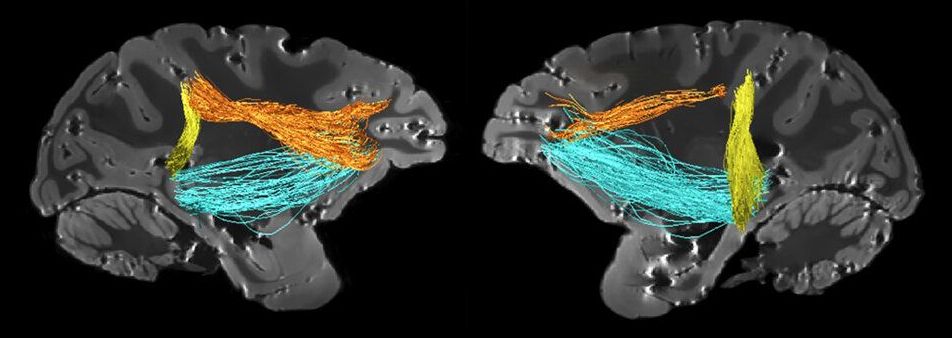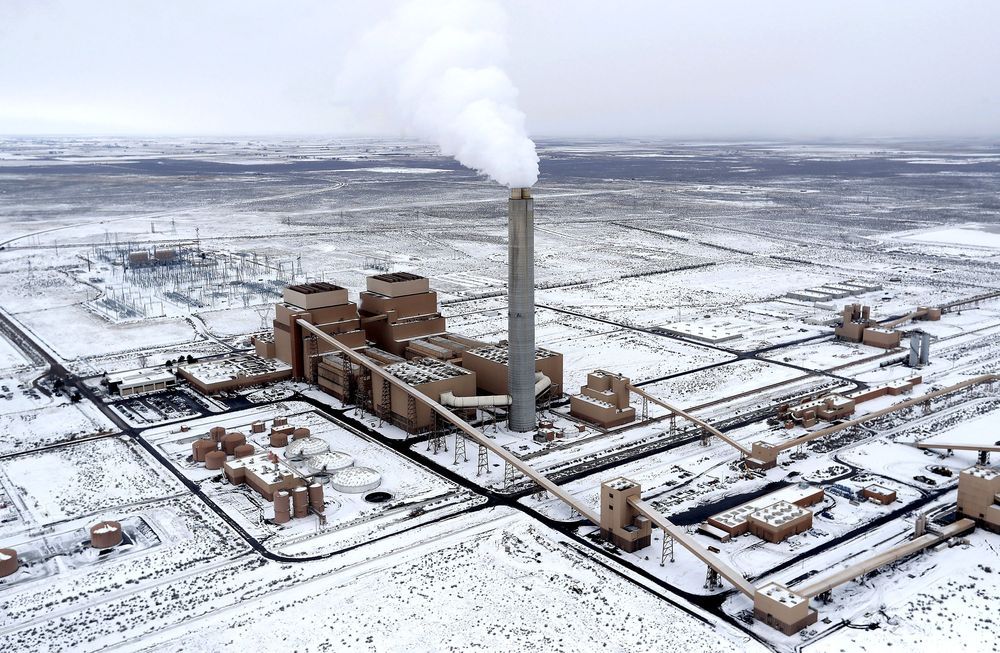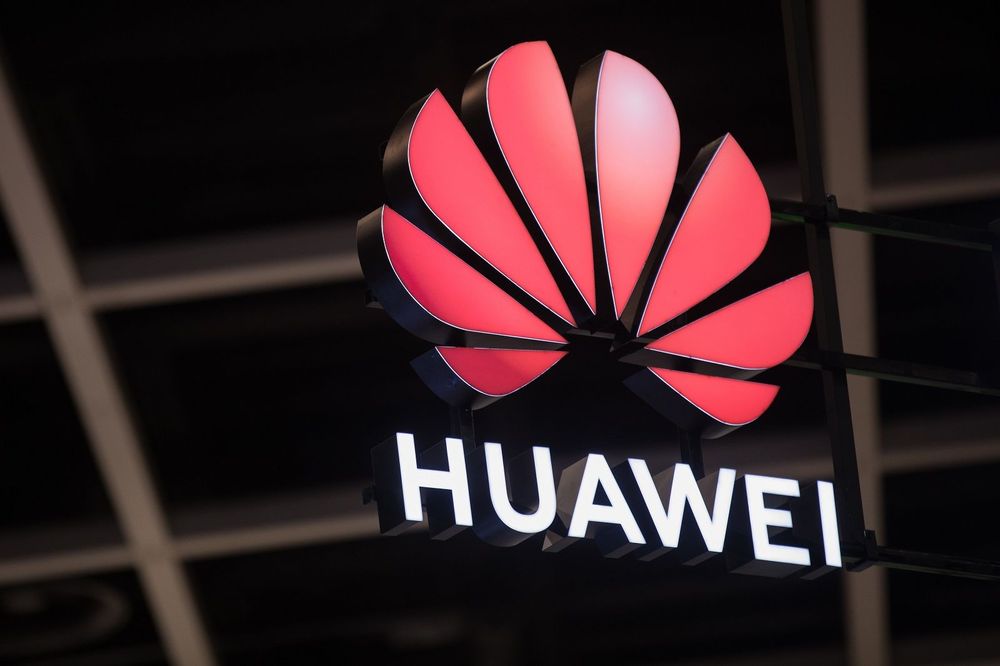You are invited to Perpetual Life for The Remembrance of the Resurrectables and Age Reversal & Cryonics by Bill Faloon.
Before and After the service, we will celebrate the Remembrance of the Resurrectables in the Sanctuary, A ceremony of remembering all of the patients that are in Cryonic Suspension.
Before the service: Enjoy tasty snacks, networking and conversations on Age Reversal, Cryonics, The Singularity and other topics of interest to all for the quest of an Unlimited Life. Stay afterwards as we have a delicious 5 star dinner reception with speakers.
Bring a friend! Someone that you would like to share news of amazing emerging technologies on Health & Extreme Longevity!
“Our task is to make nature, the blind force of nature, into an instrument of universal resuscitation and to become a union of immortal beings.“
- Nikolai F. Fedorov
We hold faith in the technologies & discoveries of humanity to END AGING and Defeat involuntary Death within our lifetime.







